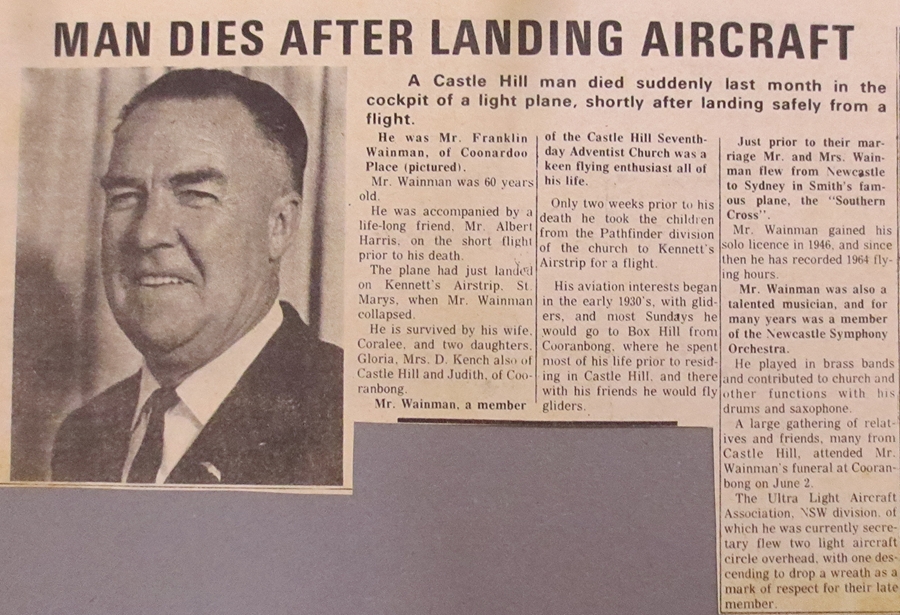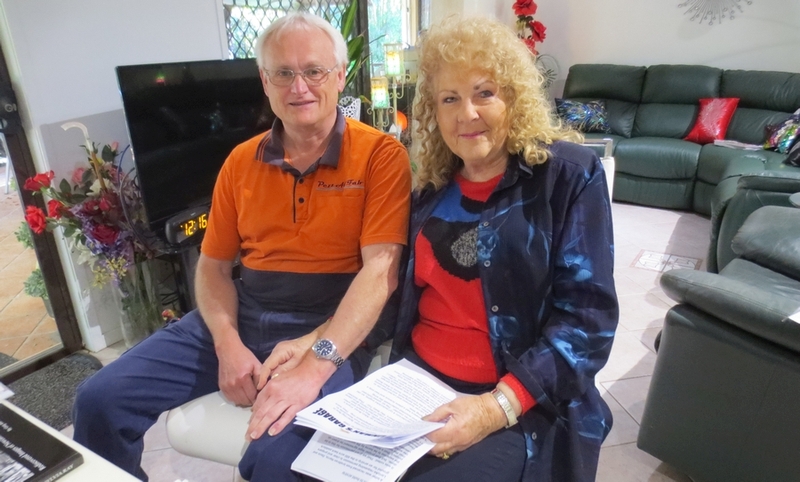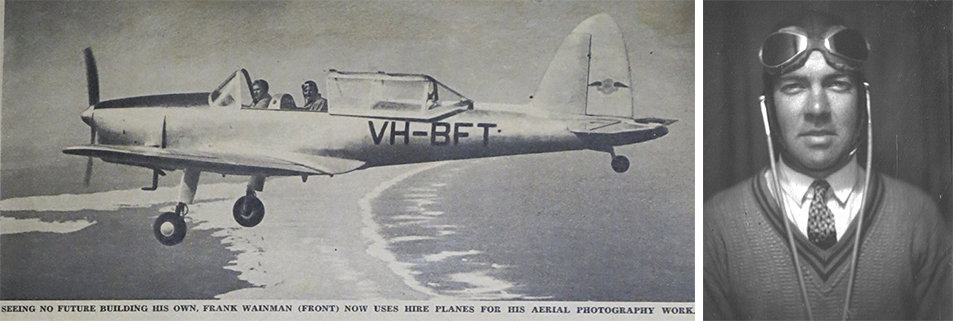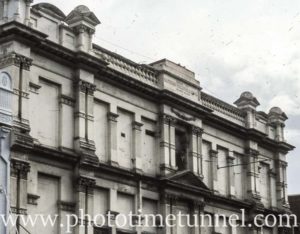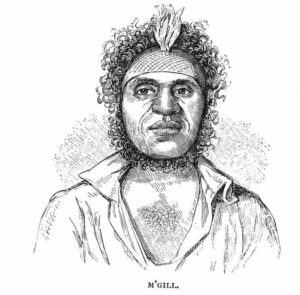In my collecting travels I have sometimes found interesting real-photo postcards depicting aerial views of parts of the Hunter Region and Central Coast – mostly in the 1960s – with the business name “Avion Views, Cooranbong NSW” rubber-stamped on the back. My search for information about this postcard publisher led me to Judy and Perry Jackson, of Cooranbong, who filled me in on the story.
Avion views was just one business run by Judy’s father, the apparently indefatigable Franklyn (Frank) Wainman, a mechanic, garage proprietor and flying enthusiast.
Born on December 18, 1910, Frank was a lifelong member of the Seventh Day Adventist Church, which is a dominant presence at Cooranbong, a pleasant community on the western shores of Lake Macquarie, near Newcastle, NSW. He had a strong interest in aircraft and flying from his early years, and as a young man he used to travel almost weekly to the home base of a gliding club at Box Hill, in Sydney. There, he and his friend George Kennedy of Boolaroo (who was building a glider) would spend many Sundays learning to fly gliders. He rode the nearly 400km round trip on an old Douglas motorbike, starting at about 3am and getting home late at night.
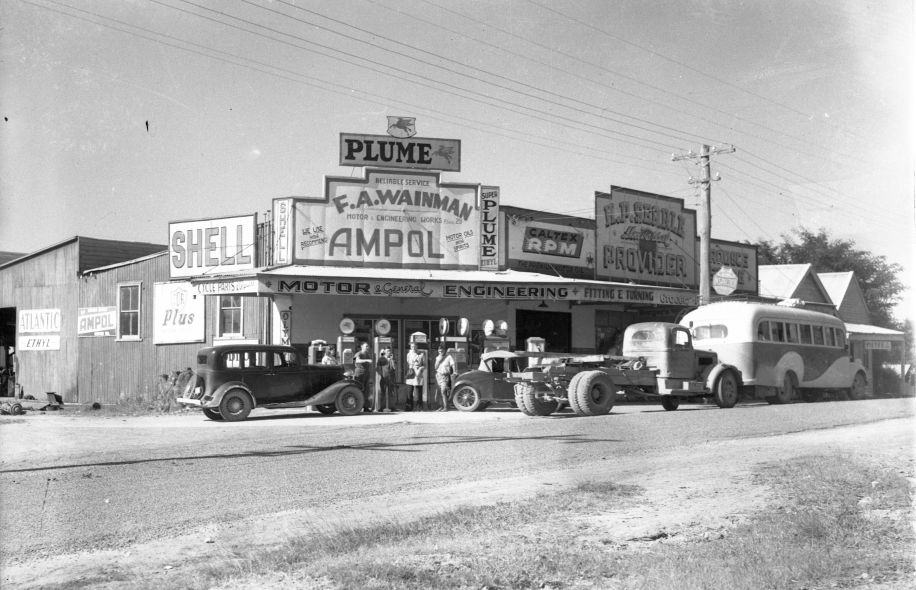
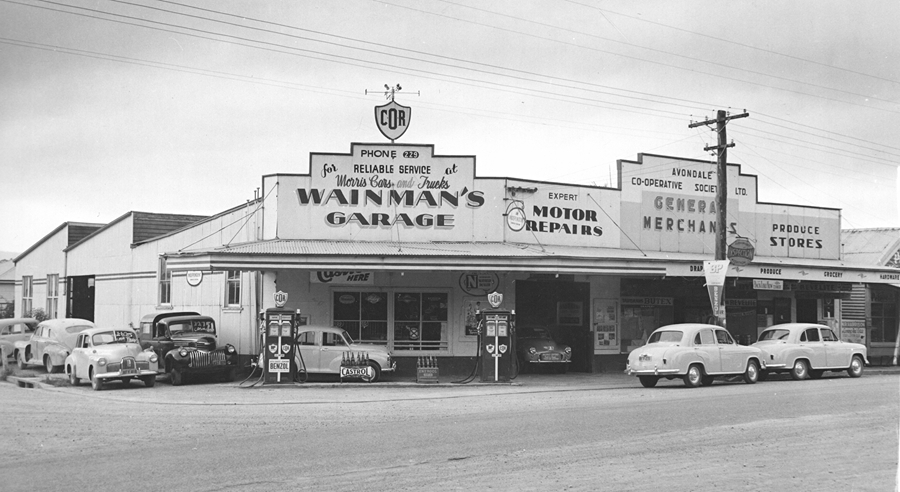
In about 1930 – according to an account Frank wrote in Airborne magazine in February 1949 – “several of the air-minded lads of Cooranbong decided to build a homemade aeroplane”. The design they chose was a Skybaby monoplane, based on one built by the Clancy brothers of Sydney. (The first Clancy Skybaby ended its days after a forced landing in Lindsay Street, Hamilton [Newcastle], in 1936.) The Cooranbong boys called their plane Skybaby Too. It was powered by a Henderson motorcycle engine which had been converted to overhead valve.
“After a couple of years of tedious work at night making struts, spars and everything else that goes into an aircraft wooden frame it was finally covered and doped. Then the engine was mounted and tested and our creation was ready to fly,” Frank wrote. The test pilot was Albert Harris, who had about four hours experience on a dual control aircraft. Not only did it fly, but it also landed safely on a flat belonging to the Mission College a few kilometres away.
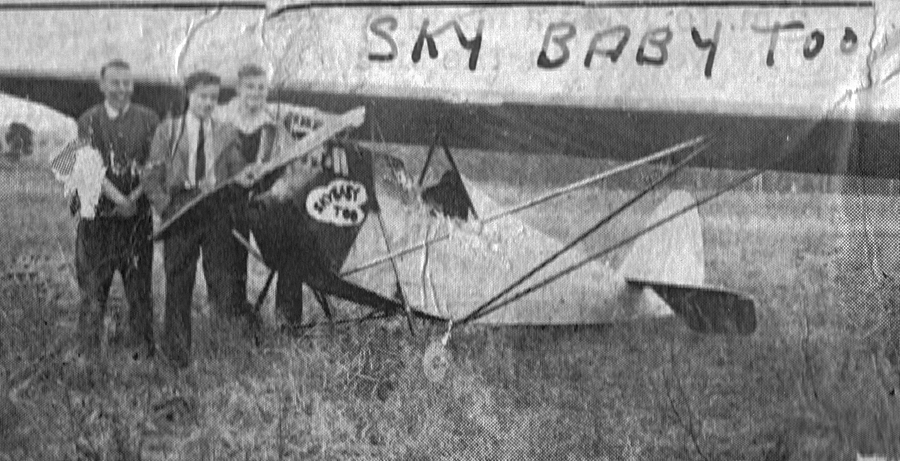
“The thrill of our young lives came one day when Albert took her off again in the college flat and she started to misfire as though blocked in the fuel line. He couldn’t land where he had taken off because of the approaches and the only paddock where he could make any sort of attempt to get her down was full of cows. So while Albert made further urgent attempts to keep her airborne, with the engine climbing her to about 50 feet then missing and sputtering and flopping her down to fence level we lads ran flat out across the paddock and chased the cows up one end, just in time for a perfect landing without slightest injury to man, machine or cow.”
The lads began taking Skybaby Too by truck to Wamberal, on the Central Coast, and flying – unofficially – from an aerodrome there.
Skybaby Too ended its days after a prang in Lake Macquarie. Albert Harris was flying to Wamberal and got as far as Summerland Point when a fuel pipe disconnected and the plane lost power. He glided towards the lake and pancaked into the water, jumping out and trying to pull the fast-sinking plane to the shore. Despite some help from a nearby fisherman he wasn’t able to get as close as he wanted to, and the plane was left overnight in just over a metre of water.
Frank turned up next day with his truck and salvage gear, but the plane had sunk into the soft lake bed and was impossible to shift without damage. “We ended up by taking off the wings and getting the rest out in pieces,” Frank wrote.
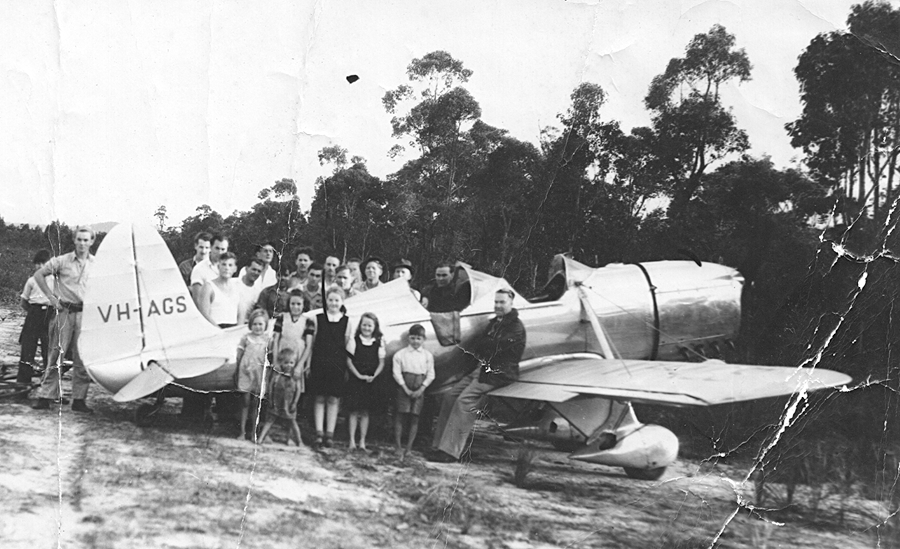
The engine was cleaned and overhauled and refitted into a fuselage the lads bought from a hobbyist in Sydney who had lost interest in building aircraft. Harris pranged it at Cooranbong, running it into a dry creek bed and wrecking the propeller. The official first proper test flight of this plane – with a new, home-made propeller – passed into Wainman family folklore since it was also the occasion of Frank’s first solo flight. He had recently become engaged (he and fiancee Coralee had been flown to Sydney in Kingsford Smith’s plane to buy their engagement ring) and Frank had apparently promised Coralee he wouldn’t try to fly solo.
“I was let loose in this machine and thought – ‘now it has come; now or never’. I’d never been solo and the machine had never been off the ground. Well I got into the far corner of the ground, into the wind, and gave her everything and what-ho, she flew. But it was an extremely hot summer day and on returning to the landing ground she started missing and I got my first forced landing as well as my first solo flight in the machine,” he wrote. The plane was badly damaged but Frank’s only injury came after the landing when Coralee slapped him and her new engagement ring scratched his face. The incident didn’t get in the way of their relationship, with the pair enjoying a long and happy marriage that only ended with Frank’s death in 1971. The next plane was a better one, with a Samson nine-cylinder radial engine. It was also bought from a hobbyist and Frank and Albert had to finish building it before it could be used. After only a few short flights the war began and the plane was grounded. After the war an acquaintance wrecked the craft by crashing it into trees while trying to take off. The wreck was donated to the Australian Air League for ground demonstrations.
Frank’s biggest contribution to aviation at Cooranbong was probably his massive effort – along with Albert Harris – in creating a usable airstrip on ground owned by the church.
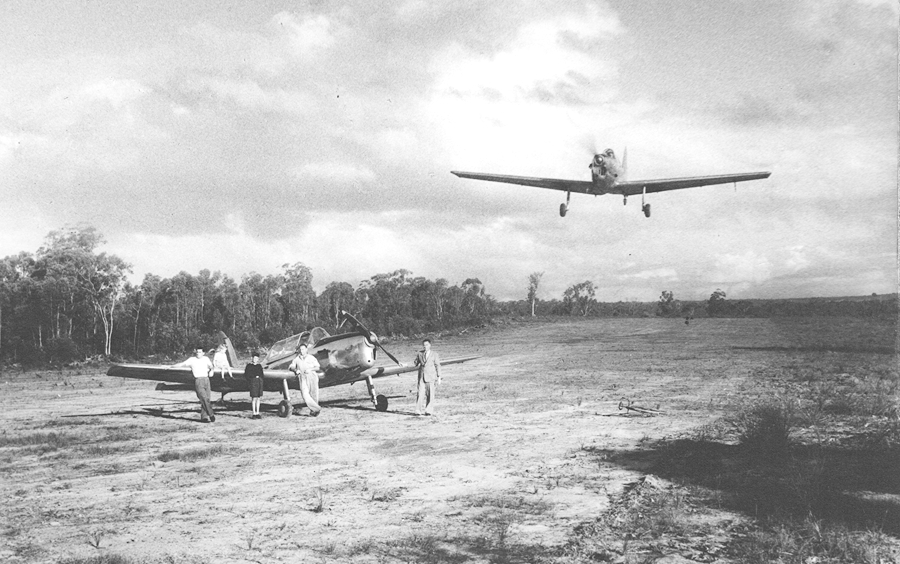
In another article written by Frank, he wrote how before the war Albert used to land on a small paddock only about 300m long. “We had to ‘catch’ him very often on landings which was, as they say, sticking your neck out,” Frank wrote. The nearby church college had a nice large flat piece of land, but it was thickly timbered. Permission was granted and clearing began with a horde of volunteers whose numbers quickly thinned out leaving just Frank and Albert. When the war came work had to stop, but the trees kept growing, making the job harder than ever. Every morning the pair was up at 5am, swinging into the trees with axes.
“Came the day when we got the hire of a bulldozer at £15 a day. We couldn’t really afford it but we couldn’t resist the thought of what a help it would be,” he wrote. But even the dozer couldn’t shift all the stumps, and nor could a “Forest Devil”, so the duo resorted to gelignite, treating the residents of Cooranbong to some alarming sound effects. They finally got about 450m cleared, then hired a grader from Lake Macquarie Council to finish the surface. After that Frank – who by now was officially flying – made surreptitious landings on the strip with aircraft from Royal Newcastle Aero Club. At first inspection the authorities refused to approve the strip because it was still too small, so the duo had to get back to work, cutting trees, blowing stumps and burning off. They were ultimately rewarded with official approval, and the strip began to be frequented by planes of many kinds.
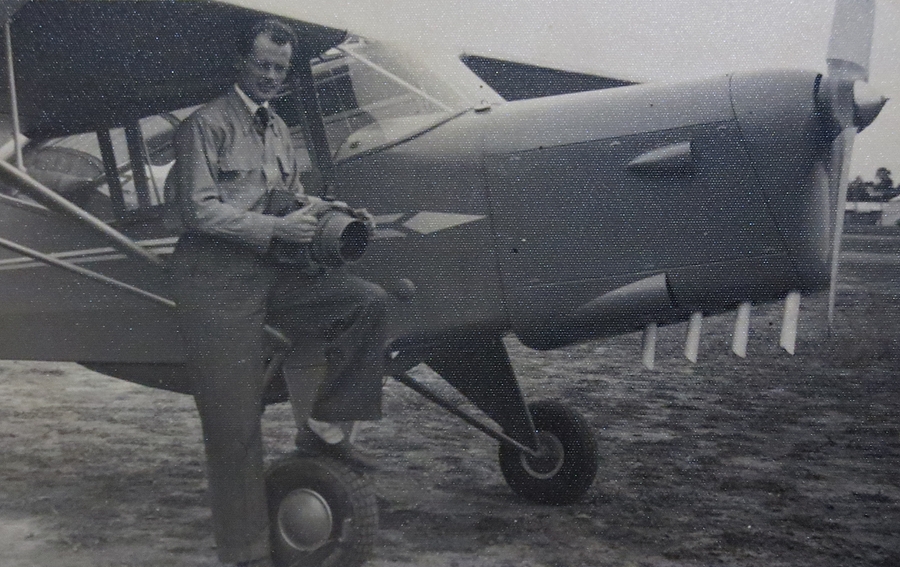
Frank was the only one of the “air-minded” lads of Cooranbong at that time who really did get his pilot’s licence, and he used it often. In late 1963 he took a job as a flying salesman for a pest control business in outback NSW and Queensland, clocking up hundreds of hours of bush flying. Back at Cooranbong he would make quick trips to Newcastle for spare parts for his garage business and he also loved to put on demonstrations at the airstrip, with all sorts of dare-devil stunts to amaze the onlookers. He started his aerial photography business in the 1950s, piloting the plane while photographer Fred Hardonk took the pictures.
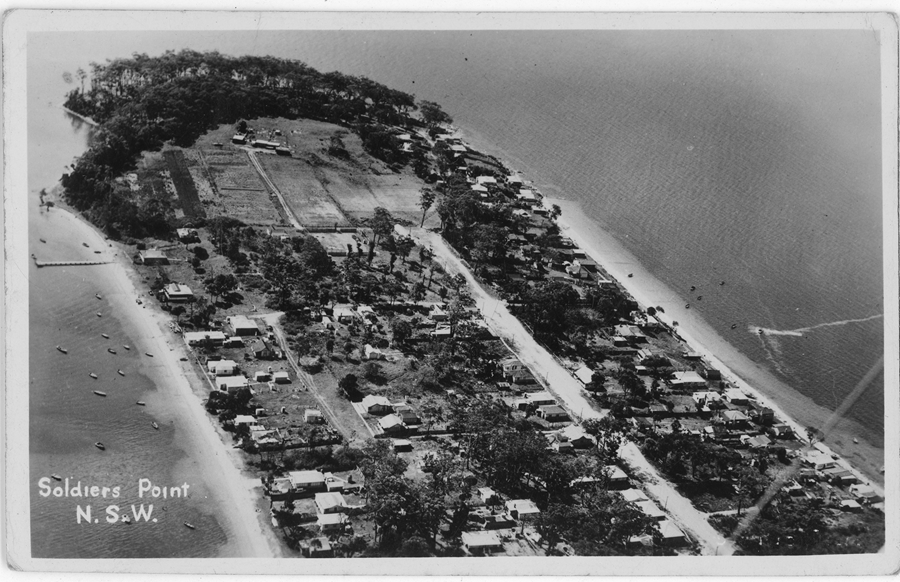
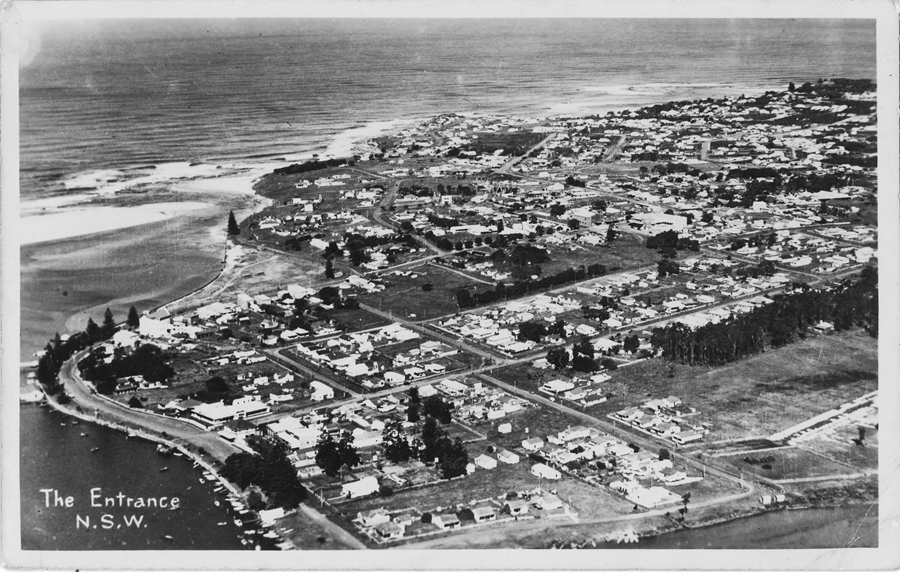

Frank Wainman died on May 30, 1971, immediately after landing his plane at Kennett’s Airstrip, St Marys, Sydney following a flight with his lifelong friend Albert Harris.
